Home>Gardening & Outdoor>Plant Care & Gardening Tips>What Temperature Should You Bring Mums Inside


Plant Care & Gardening Tips
What Temperature Should You Bring Mums Inside
Published: February 16, 2024
Learn the best plant care and gardening tips for bringing mums inside during the colder months. Discover the ideal temperature and techniques for keeping your mums healthy and thriving indoors.
(Many of the links in this article redirect to a specific reviewed product. Your purchase of these products through affiliate links helps to generate commission for Storables.com, at no extra cost. Learn more)
Introduction
When the vibrant hues of autumn begin to paint the landscape, gardeners eagerly anticipate the arrival of chrysanthemums, affectionately known as mums. These resilient and charming flowers are a hallmark of the fall season, adding a burst of color to gardens, porches, and outdoor spaces. However, as the temperatures start to drop, many gardeners face the dilemma of deciding when to bring their beloved mums indoors. Understanding the ideal temperature for mums and recognizing the signs that indicate the need to bring them inside is crucial for ensuring their continued health and beauty throughout the season.
Mums, with their diverse array of colors and shapes, have long been cherished for their ability to thrive in cooler weather, making them a popular choice for fall decorations. As the days grow shorter and the air becomes crisper, these resilient plants offer a stunning display of autumnal beauty. However, to preserve their splendor, it is essential to be mindful of the temperature conditions that best suit these seasonal favorites.
In the following sections, we will delve into the intricacies of caring for mums, exploring the optimal temperature range for their well-being and the telltale signs that indicate the need to bring them indoors. Additionally, we will provide valuable tips for successfully transitioning mums from the outdoor environment to the cozy confines of indoor spaces. By gaining a deeper understanding of these aspects, you will be better equipped to nurture your mums and prolong their blooming season, allowing their vibrant colors to continue brightening your surroundings.
As we embark on this journey of caring for mums, let's unravel the mysteries of their temperature preferences and the subtle cues they provide when they require a change of scenery. Join us in discovering the art of tending to these beloved fall flowers, ensuring that they grace our homes and gardens with their enchanting presence for as long as possible.
Key Takeaways:
- Bring mums inside when temperatures drop below 60°F at night to protect them from frost and maintain their vibrant blooms. Watch for signs like drooping foliage and stunted growth.
- When transitioning mums indoors, choose a sunny spot, monitor soil moisture, prune as needed, and protect against pests. Gradually acclimate them to indoor conditions for continued health and beauty.
Read more: What Temperature Should You Cover Mums
Understanding Mums
Chrysanthemums, commonly referred to as mums, are quintessential fall flowers cherished for their vibrant colors and ability to thrive in cooler temperatures. These resilient plants belong to the Asteraceae family and are native to Asia and northeastern Europe. With a rich history dating back to the 15th century B.C., mums have evolved into a diverse and beloved floral species, offering a wide range of colors, shapes, and sizes.
Mums are renowned for their versatility, making them suitable for various gardening purposes, including bedding plants, container gardens, and decorative displays. Their blooms come in an array of captivating hues, including shades of red, yellow, orange, purple, and white, adding a delightful touch of autumnal splendor to any setting.
One of the most appealing attributes of mums is their ability to thrive in cooler weather. This characteristic makes them a popular choice for fall decorations, as they continue to bloom even as temperatures drop. Their resilience in the face of chilly conditions has endeared them to gardeners seeking to infuse their outdoor spaces with the vibrant colors of autumn.
Mums are available in several distinct flower forms, including daisy-like, decorative, pompon, and spider varieties, each with its own unique charm. Their diverse shapes and sizes contribute to their widespread appeal, allowing for creative and visually captivating arrangements in gardens and floral displays.
Understanding the growth habits and preferences of mums is essential for providing them with the care they need to thrive. From their preference for well-drained soil to their tolerance for cooler temperatures, mums have specific requirements that, when met, enable them to flourish and grace their surroundings with their enchanting blooms.
As we delve deeper into the world of mums, it becomes evident that these beloved fall flowers possess a remarkable ability to thrive in the face of autumn's chill. Their resilience, coupled with their captivating array of colors and forms, makes them a cherished addition to gardens, porches, and outdoor spaces during the fall season. By gaining a deeper understanding of these delightful flowers, we can appreciate the art of caring for them and ensuring their continued beauty throughout the season.
Ideal Temperature for Mums
The ideal temperature for mums plays a pivotal role in ensuring their continued health and vitality. These resilient flowers thrive in cooler conditions, making them well-suited for the autumn season. Understanding the optimal temperature range for mums is essential for providing them with the conducive environment they need to flourish.
Mums generally prefer temperatures ranging from 60 to 70 degrees Fahrenheit during the day. This moderate range allows them to thrive without being subjected to excessive heat, which can cause stress and diminish their blooming capacity. Additionally, cooler temperatures help prolong the lifespan of mum blooms, allowing gardeners to enjoy their vibrant colors for an extended period.
During the night, mums benefit from slightly lower temperatures, ideally between 45 and 55 degrees Fahrenheit. This drop in temperature mimics the natural cooling that occurs during autumn evenings, contributing to the overall health and resilience of the plants. Cooler nights help mums conserve energy and maintain their vibrant blooms, ensuring that they remain a captivating presence in gardens and outdoor spaces.
It is important to note that while mums thrive in cooler temperatures, they should be protected from frost, which can be detrimental to their well-being. When temperatures approach freezing levels, it is crucial to take proactive measures to shield mums from the potential harm caused by frost. This can be achieved by covering the plants or bringing them indoors during particularly cold nights.
In regions where temperatures fluctuate significantly, providing mums with a stable and consistent environment becomes even more crucial. Sudden temperature drops or prolonged exposure to extreme heat can impact the health and blooming capacity of mums, underscoring the importance of maintaining an ideal temperature range for these beloved fall flowers.
By understanding and adhering to the optimal temperature parameters for mums, gardeners can create an environment that promotes their well-being and ensures a stunning display of autumnal beauty. The moderate daytime temperatures, coupled with slightly cooler nights, provide mums with the ideal conditions to thrive and grace outdoor spaces with their vibrant blooms.
As we strive to cultivate an environment that supports the health and vitality of mums, it becomes evident that temperature plays a pivotal role in nurturing these beloved fall flowers. By embracing the ideal temperature range for mums, we can create an environment that allows them to flourish, enhancing the beauty of gardens and outdoor settings during the autumn season.
When bringing mums inside, wait until the temperature consistently drops below 50°F. This will help protect the plants from frost damage and ensure they thrive indoors.
Signs that Mums Need to be Brought Inside
As the autumn season progresses, it is essential to remain vigilant for signs that indicate the need to bring mums inside, safeguarding them from potential harm caused by dropping temperatures and adverse weather conditions. By recognizing these subtle cues, gardeners can take proactive measures to protect their cherished mums and ensure their continued health and vitality.
-
Frost Warning: One of the most critical signs that mums need to be brought inside is the forecast of frost. When frost is anticipated, it poses a significant threat to the well-being of mums, potentially causing damage to their delicate blooms and foliage. As a preventive measure, it is advisable to bring mums indoors or cover them with protective materials to shield them from the harmful effects of frost.
-
Drooping or Discolored Foliage: Drooping or discolored foliage is a telltale sign that mums may be struggling to cope with the outdoor conditions. When the leaves of mums begin to wilt or show signs of discoloration, it indicates that they may be experiencing stress due to fluctuating temperatures or adverse weather. Bringing them inside can provide a more stable and sheltered environment, allowing them to recover and regain their vigor.
-
Stunted Growth or Reduced Blooms: If mums exhibit stunted growth or a decrease in the number of blooms, it may signal that the outdoor conditions are no longer conducive to their well-being. Cooler temperatures, especially approaching freezing levels, can impede the growth and blooming capacity of mums. Bringing them indoors can offer a more controlled environment, enabling them to thrive and resume their natural growth patterns.
-
Persistent Rain or Wind: Prolonged exposure to heavy rain or strong winds can take a toll on mums, potentially causing damage to their delicate blooms and foliage. When adverse weather conditions persist, it is advisable to bring mums inside to protect them from the detrimental effects of inclement weather. Providing them with a sheltered indoor environment can help them recuperate and maintain their vibrant appearance.
-
Shortened Daylight Hours: As the days grow shorter during the fall season, mums may benefit from being brought indoors to mitigate the impact of reduced daylight hours. While mums are resilient in cooler temperatures, shorter days can affect their growth and blooming patterns. Bringing them inside can help regulate their exposure to light and provide a more consistent environment for their continued well-being.
By remaining attentive to these signs and taking proactive steps to bring mums inside when necessary, gardeners can safeguard these beloved fall flowers and ensure that they continue to thrive and adorn their surroundings with their captivating beauty. Recognizing the subtle cues that indicate the need to bring mums indoors empowers gardeners to provide them with the care and protection they need to flourish throughout the autumn season.
Tips for Bringing Mums Inside
Bringing mums inside requires careful planning and execution to ensure a smooth transition from outdoor environments to indoor spaces. By following these essential tips, gardeners can effectively nurture their mums and provide them with the optimal conditions for continued health and vitality.
-
Gradual Transition: When bringing mums inside, it is advisable to facilitate a gradual transition to acclimate the plants to indoor conditions. This can be achieved by initially placing them in a sheltered outdoor area, such as a covered porch or patio, for a few days. Gradually introducing them to the reduced light and controlled temperatures of indoor spaces helps minimize shock and allows the mums to adjust more seamlessly.
-
Selecting the Right Location: Choosing the appropriate indoor location for mums is crucial for their well-being. Opt for areas that receive ample natural light, such as near south-facing windows, to provide the mums with the light they need to thrive. Additionally, ensure that the chosen space maintains a consistent temperature within the preferred range for mums, avoiding drafts or extreme fluctuations.
-
Monitoring Moisture Levels: Pay close attention to the moisture levels of the soil when mums are brought inside. Indoor environments may have different humidity levels compared to outdoor settings, potentially impacting the soil's moisture retention. It is essential to water the mums as needed, ensuring that the soil remains consistently moist but not waterlogged. Proper hydration is vital for supporting the mums' continued growth and blooming.
-
Pruning and Maintenance: Upon bringing mums inside, conduct a thorough inspection of the plants and address any maintenance needs. Remove any faded or wilted blooms, as well as any damaged or yellowing foliage. Pruning the mums promotes new growth and helps maintain their aesthetic appeal, allowing them to continue blooming indoors.
-
Protecting Against Pests: Indoor environments can present new challenges, including potential pest infestations. Inspect the mums carefully for signs of pests, such as aphids or spider mites, and take proactive measures to prevent infestations. Consider using natural pest control methods or gentle insecticidal soaps to safeguard the mums from unwanted visitors.
-
Maintaining Air Circulation: While providing a sheltered indoor environment for mums, it is important to ensure adequate air circulation. This can be achieved by positioning the plants in areas with gentle air movement or using a fan on low settings to promote airflow. Proper ventilation helps prevent stagnant air and minimizes the risk of fungal issues.
By implementing these valuable tips for bringing mums inside, gardeners can create a nurturing indoor environment that supports the continued growth and blooming of these beloved fall flowers. With careful attention to their needs and a thoughtful approach to transitioning them indoors, mums can thrive and continue to grace indoor spaces with their vibrant colors and enchanting presence.
Conclusion
As the vibrant tapestry of autumn unfolds, the presence of chrysanthemums, or mums, adds a captivating dimension to outdoor spaces. These resilient and charming flowers, with their diverse array of colors and forms, have long been cherished for their ability to thrive in cooler temperatures, making them a quintessential part of fall decorations. Understanding the ideal temperature for mums and recognizing the signs that indicate the need to bring them inside is crucial for ensuring their continued health and beauty throughout the season.
The ideal temperature range for mums, typically between 60 and 70 degrees Fahrenheit during the day and slightly cooler at night, provides them with the conducive environment they need to flourish. This moderate range allows mums to thrive without being subjected to excessive heat, while cooler nights help prolong the lifespan of their vibrant blooms. However, it is important to protect mums from frost, as freezing temperatures can be detrimental to their well-being.
Recognizing the signs that mums need to be brought inside, such as frost warnings, drooping foliage, stunted growth, persistent adverse weather, and shortened daylight hours, empowers gardeners to take proactive measures to safeguard these beloved fall flowers. By bringing mums inside and providing them with a sheltered and stable environment, gardeners can ensure their continued health and vitality, allowing them to grace indoor spaces with their captivating beauty.
When bringing mums inside, a gradual transition, selecting the right indoor location, monitoring moisture levels, conducting pruning and maintenance, protecting against pests, and maintaining air circulation are essential considerations. By following these valuable tips, gardeners can create a nurturing indoor environment that supports the continued growth and blooming of mums, allowing them to thrive and brighten indoor spaces with their enchanting presence.
In conclusion, the art of caring for mums encompasses a deep understanding of their temperature preferences, the ability to recognize signs that indicate the need to bring them inside, and the thoughtful execution of transitioning them to indoor environments. By embracing these aspects, gardeners can ensure that mums continue to flourish and adorn their surroundings with their vibrant colors and captivating beauty throughout the autumn season. As we celebrate the timeless allure of mums, let us continue to nurture these beloved fall flowers, allowing their enchanting presence to enrich our homes and gardens with the spirit of autumn.
Frequently Asked Questions about What Temperature Should You Bring Mums Inside
Was this page helpful?
At Storables.com, we guarantee accurate and reliable information. Our content, validated by Expert Board Contributors, is crafted following stringent Editorial Policies. We're committed to providing you with well-researched, expert-backed insights for all your informational needs.
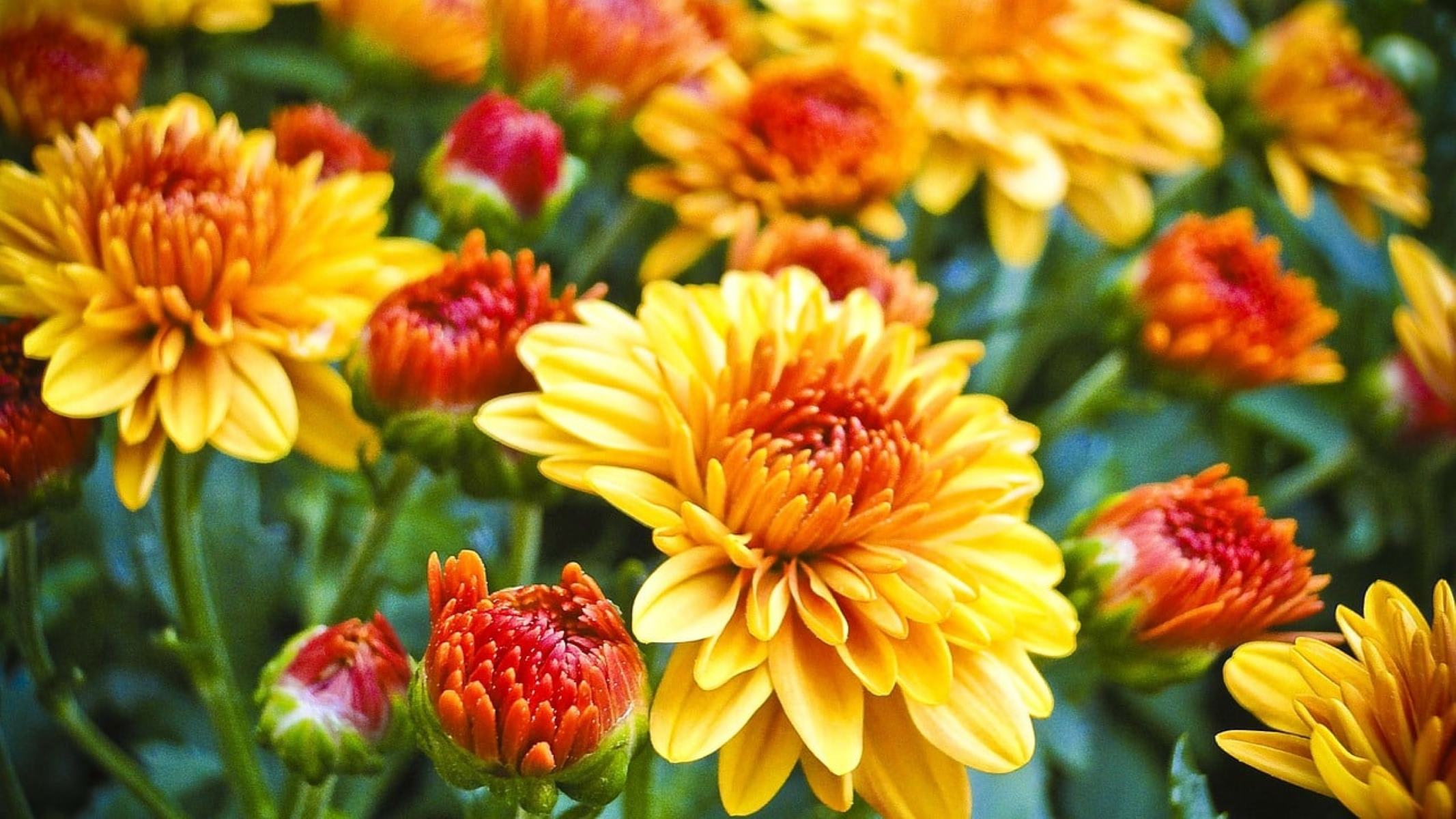
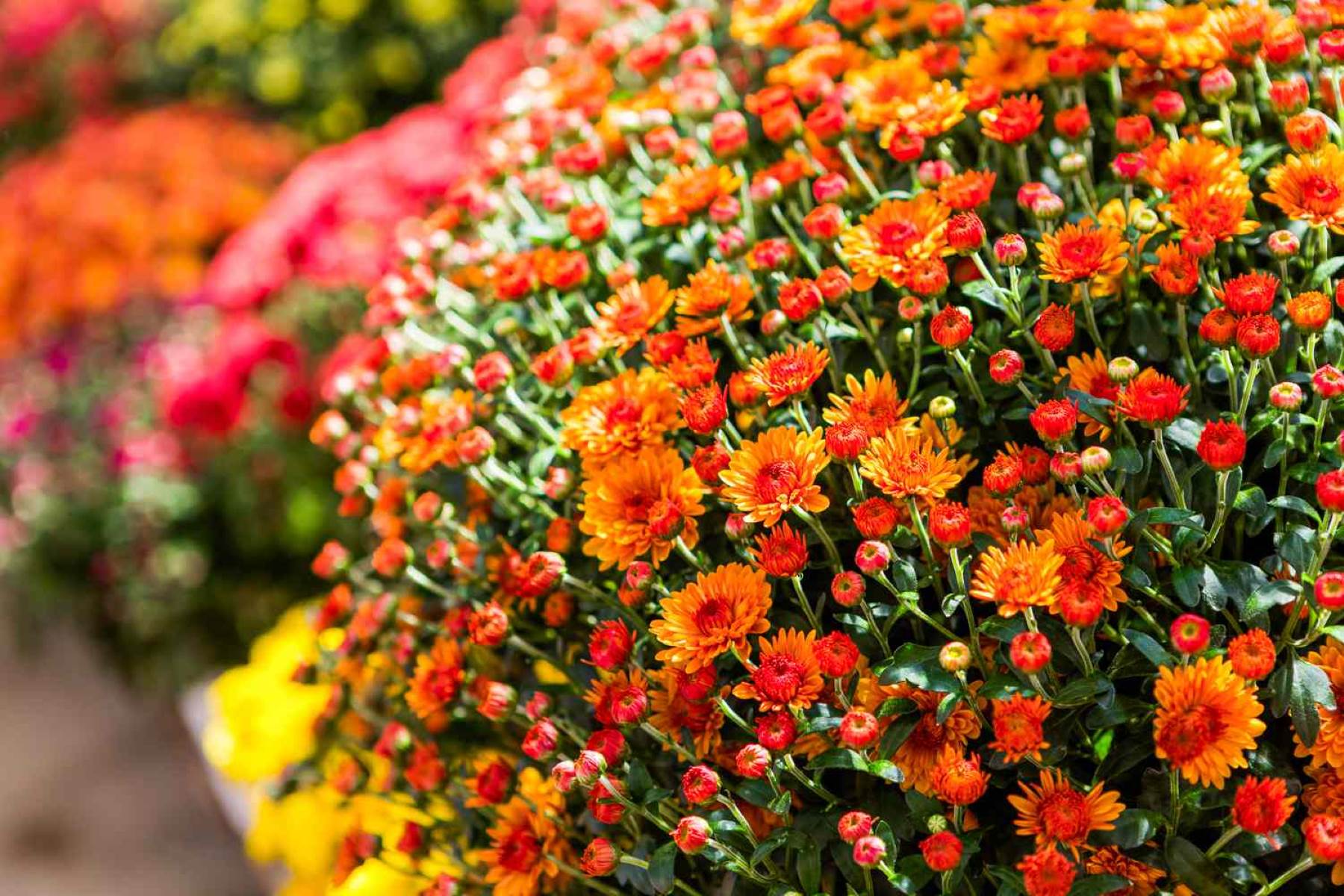
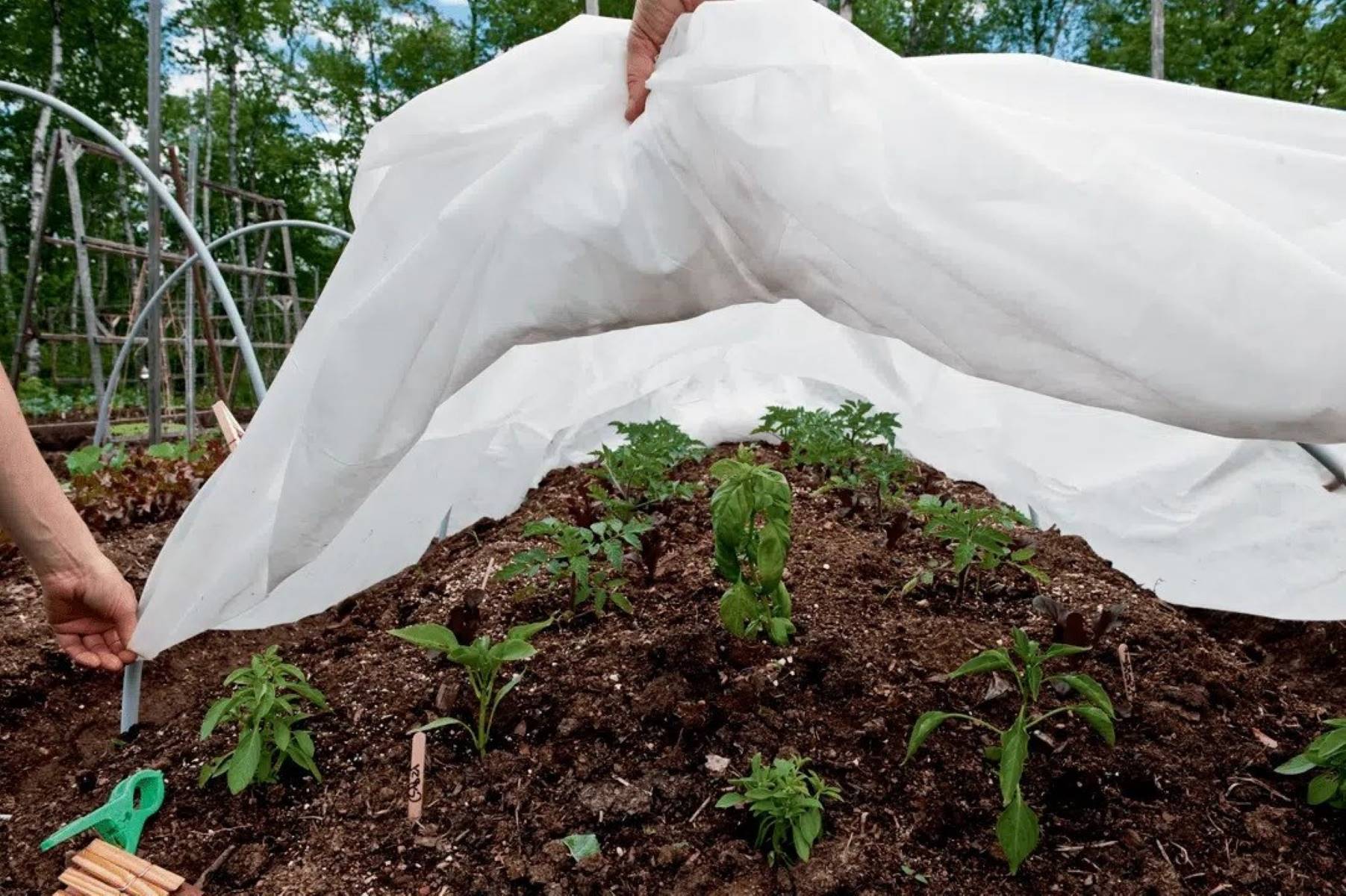

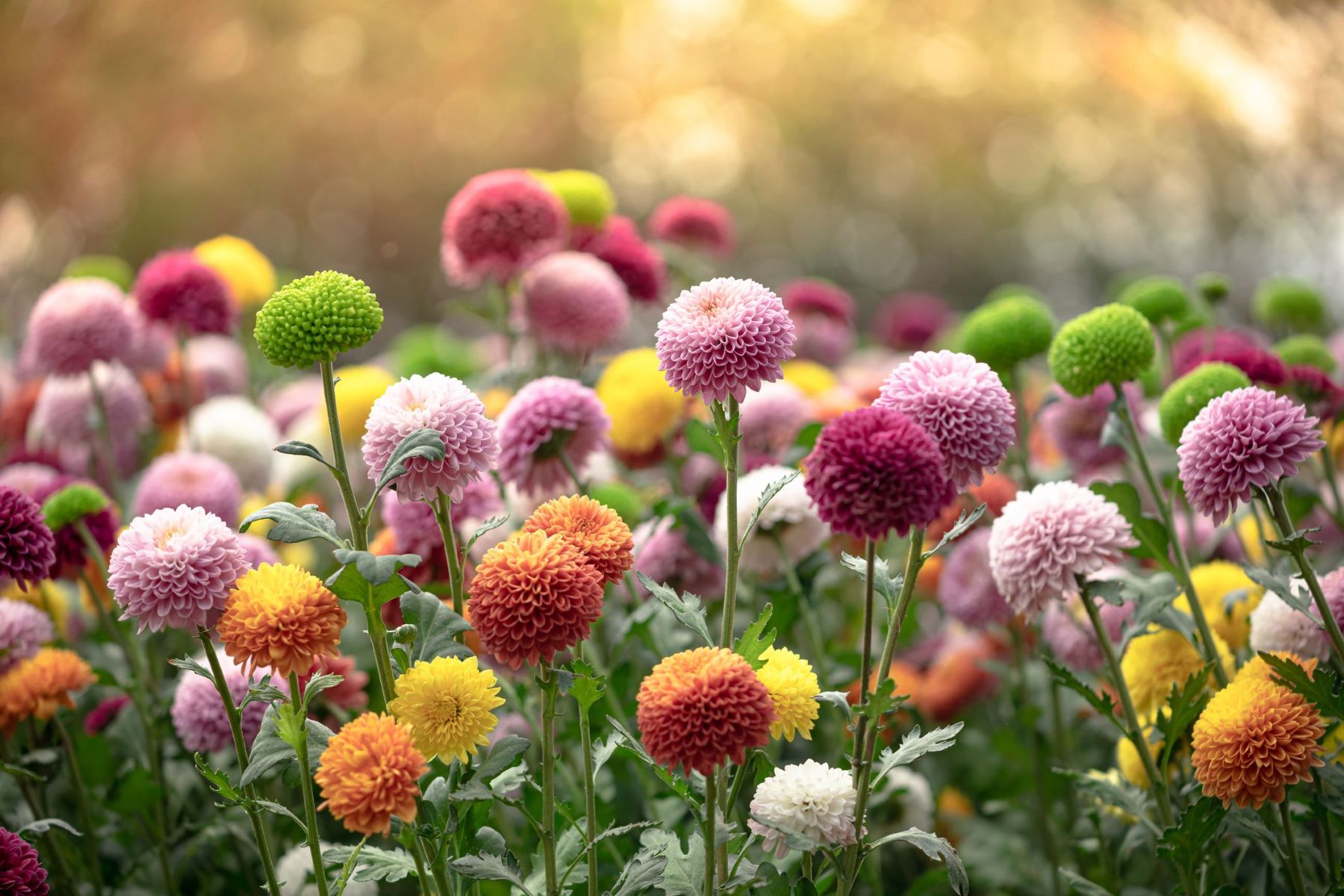
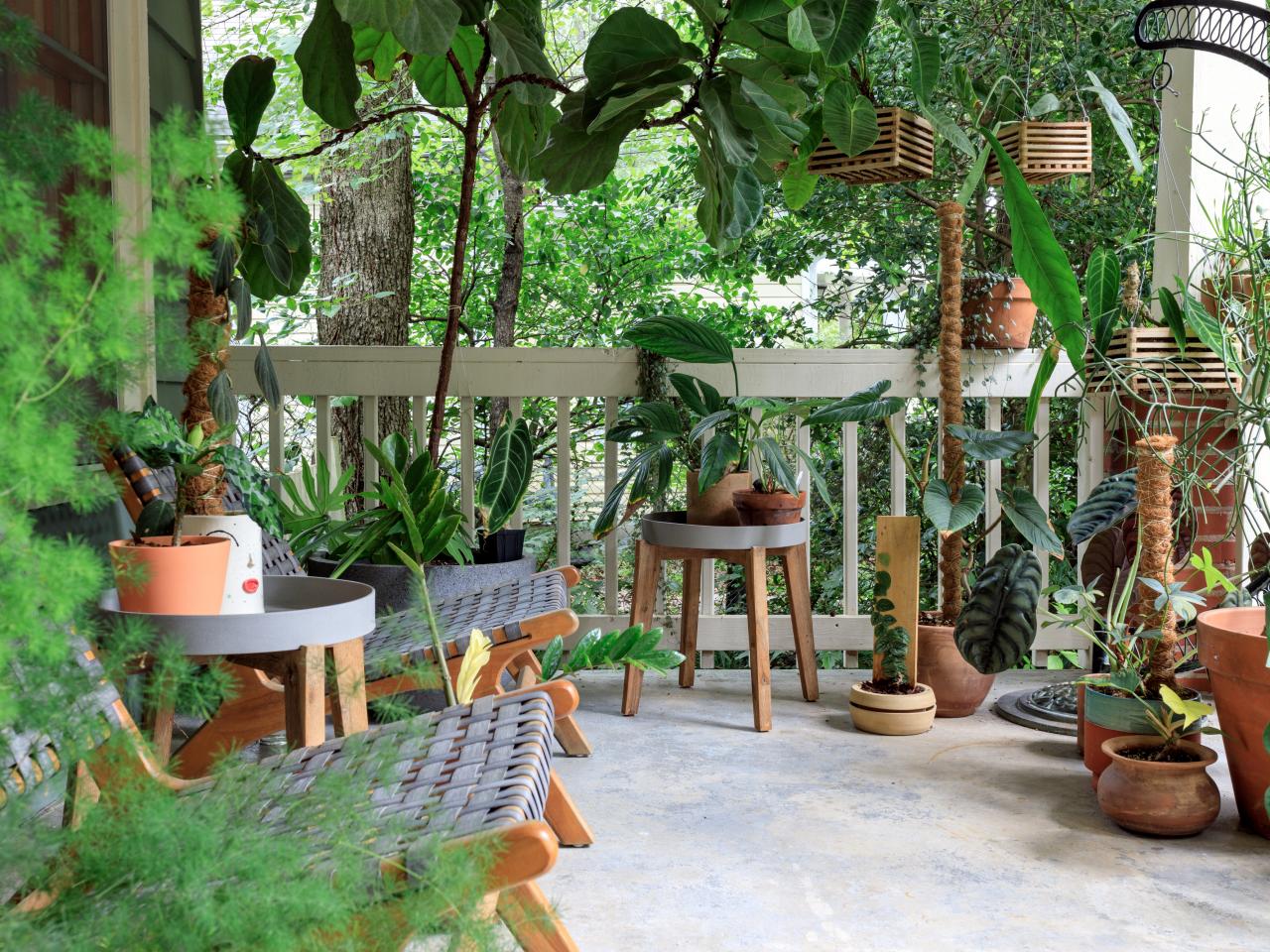

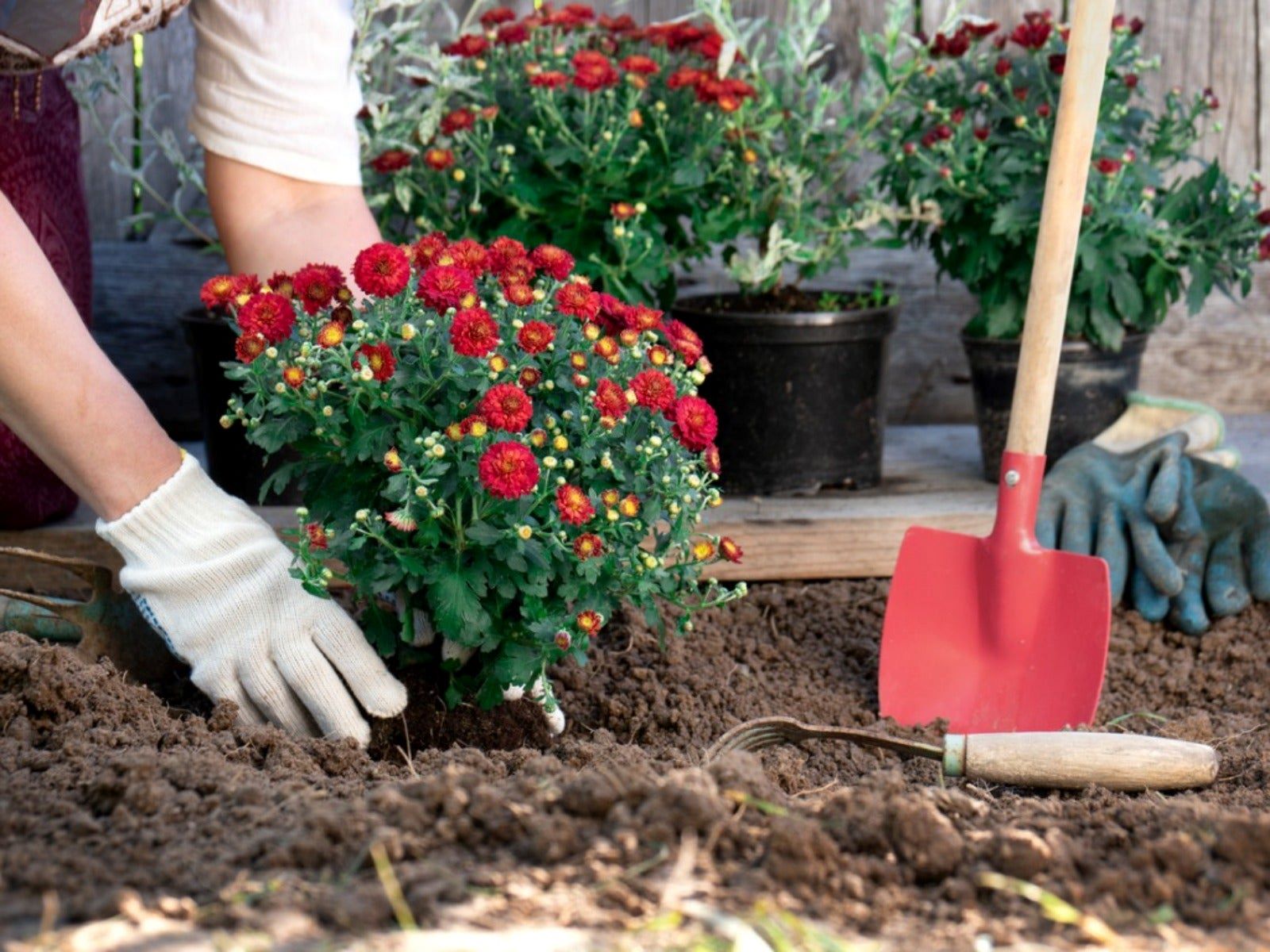
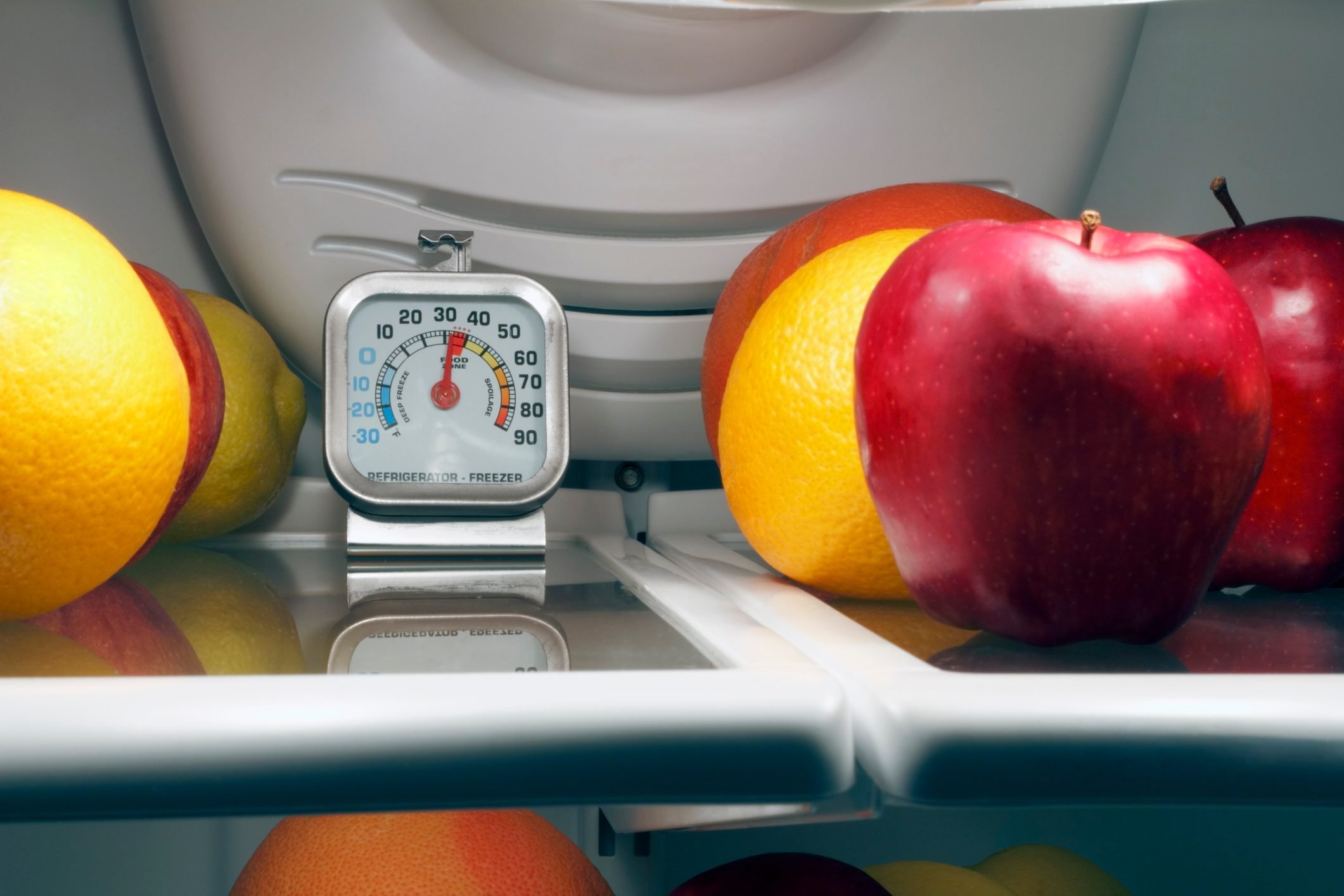
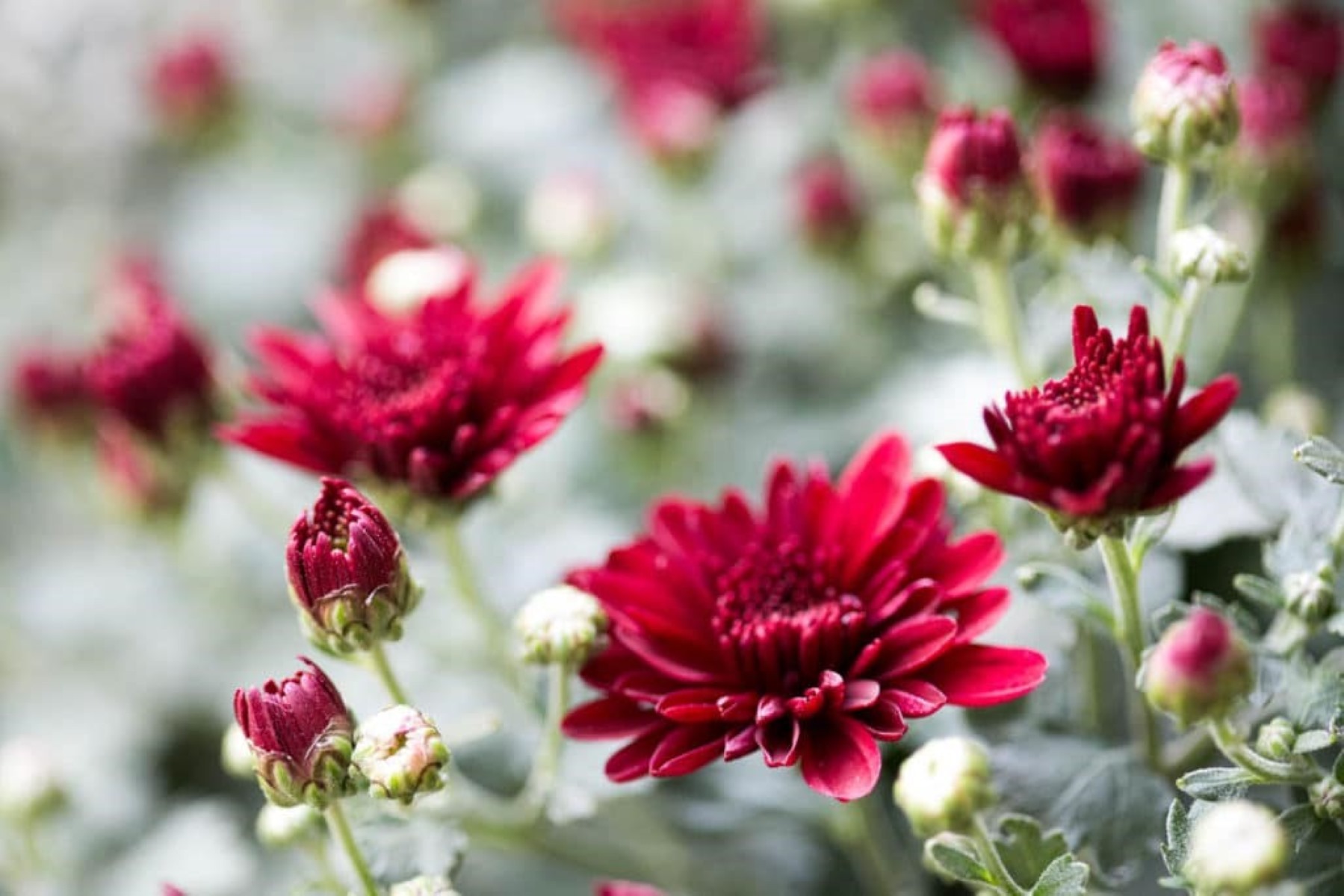


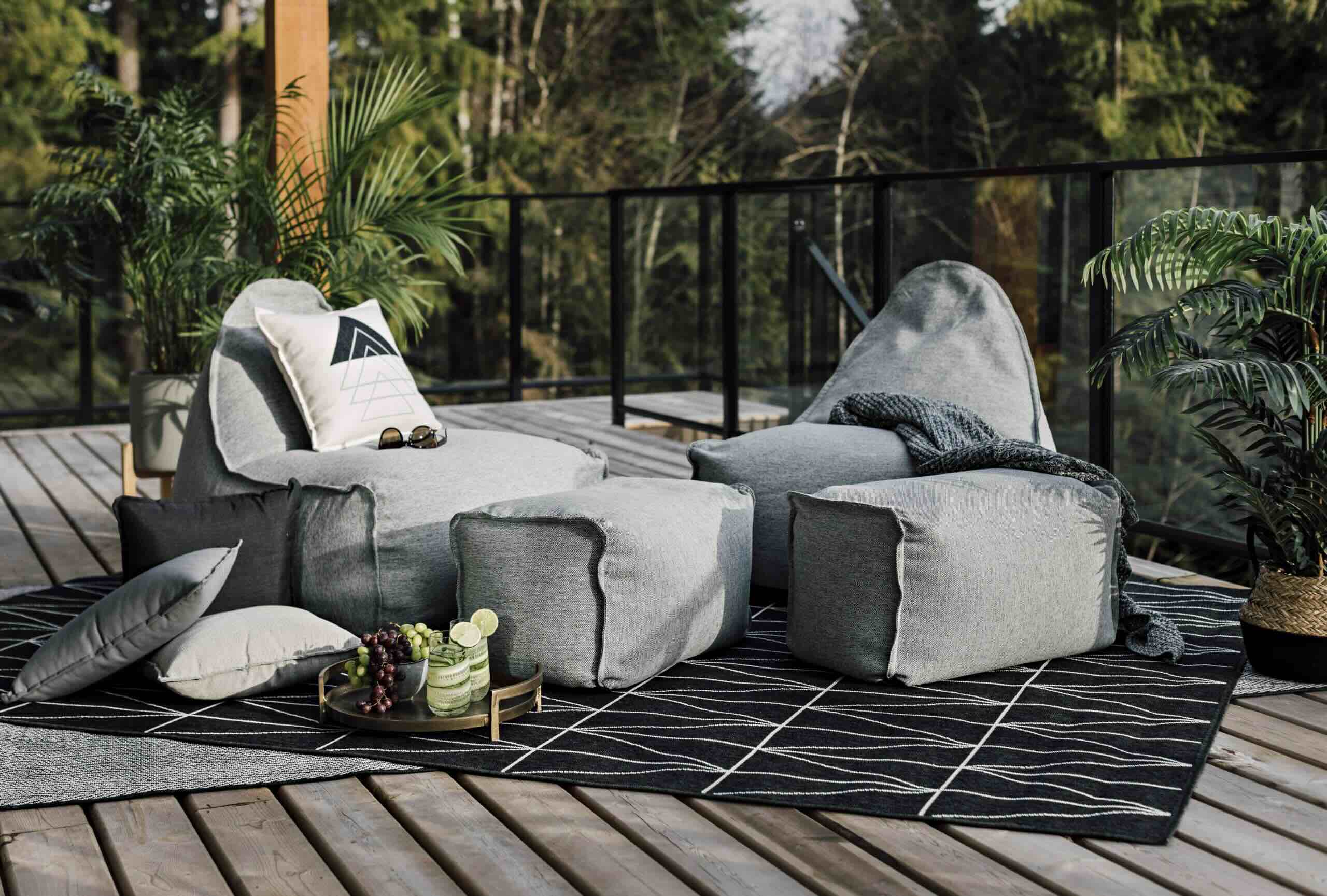
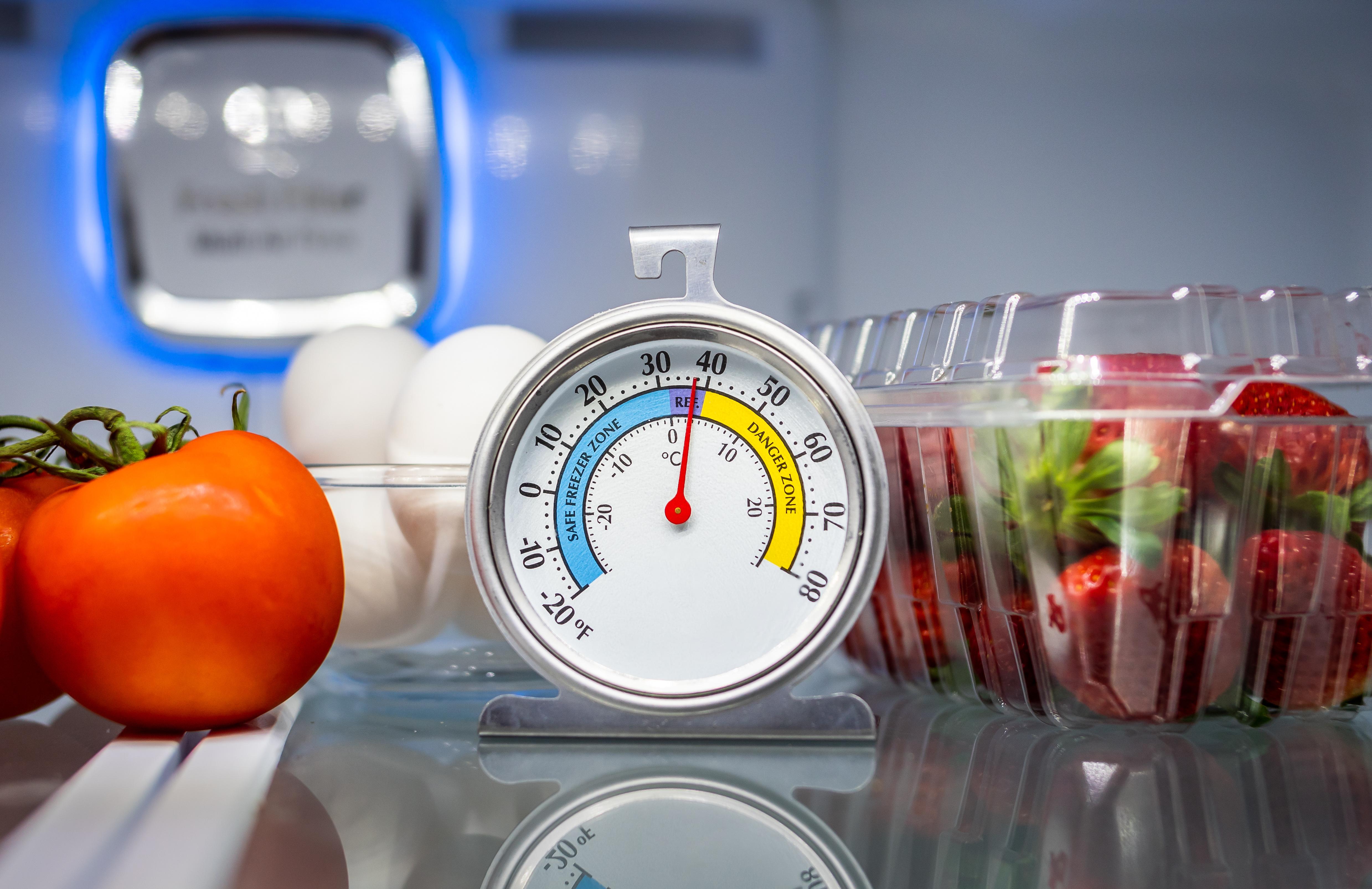

0 thoughts on “What Temperature Should You Bring Mums Inside”